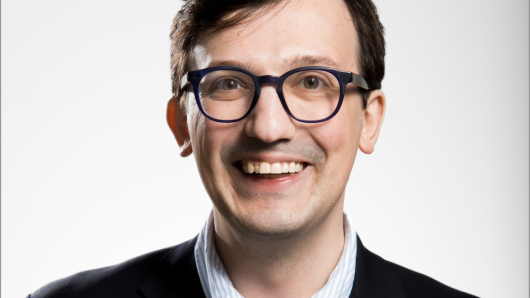
Current Research Areas: scientific visualization; observational and representational practices in S&T
George is a third-year Ph.D. student at MIT. He holds an M.Sc. in Data Visualization from Parsons The New School’s Art, Media & Technology faculty and a B.Sc. in Foreign Service from Georgetown University’s School of Foreign Service in Washington, DC.